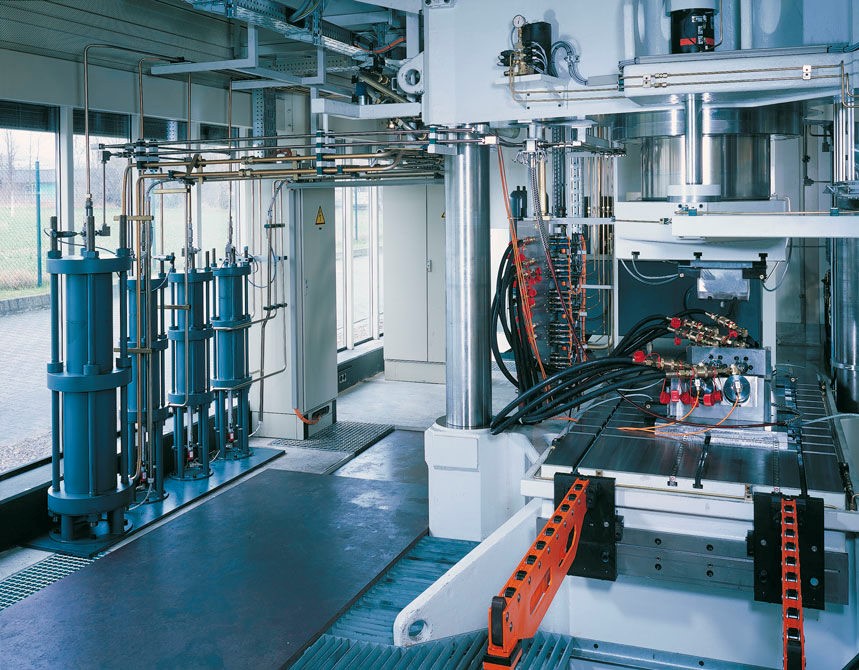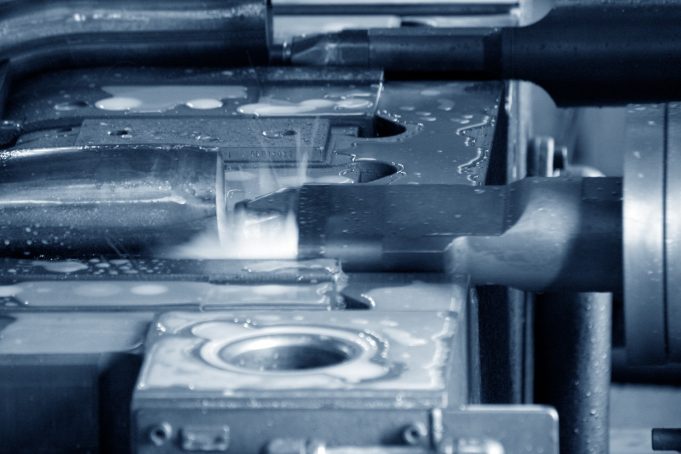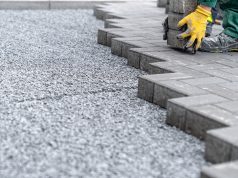When you think of hydroforming, what comes to mind? You surely will have an idea that it has to do with liquid formation. And this summarizes the process of hydroforming in the machine shop. And when it comes to liquid formation in engineering, two main operations come to play. These are bladder and tubular hydroforming, and they are both specialized techniques employed when there is a need to apply liquid formation techniques in the machine shop.
In hydroforming, you make use of a liquid which in most cases could be oil, water, or a more specific hydraulic fluid to shape a material component. This is usually employed when there is a need to make use of an affordable technique to create ductile materials such as stainless steel, aluminium, brass, steel, or alloy into different shapes. The majority of metals with the ability to be cold-formed can pass through the hydroforming technique which creates a strong material.
What is Bladder and Tubular Hydroforming Techniques
You should know that the technique is a die forming process that makes use of hydraulic liquids at a high pressure to press a workpiece done at room temperature to achieve a die. This results in the formation of complex shapes that ordinarily can’t be achieved using techniques such as welding.
This process is usually employed by a bladder and tubular hydroforming company that serves the aerospace and automobile industry. It is mostly used on composite shapes to manufacture one-piece structures that are rigid, light, and also strong enough to be used in engineering manufacturing.
Bladder Hydroforming
Also referred to as deep draw or sheet hydroforming, it involves placing a blank sheet of metal into a press. The metal part is then subjected to pressure forcing it into the die that lies just underneath it. The versatility of this process makes it ideal for use in manufacturing a wide range of machine parts.
The process begins by assembling a blank sheet, die, blank holder, and punch. The blank piece is attached to the blank holder which lies over the die. The cavity of the die takes the shape of the material that is to be formed. This follows with the movement of the punch closer to the sheet which then pushes it inside the die. This results in the bending or stretching of the part into the shape required. It is done in a way that the strength of the sheet is not altered throughout the material formation process.
The shape that is formed could either have cross-sections, be straight, have curved walls e.t.c. Rectangular and cylindrical are the common shapes formed and examples of such parts are fuel tanks, cups, car frames, cans, and so on. This method is employed widely in industries such as commercial lighting, aerospace, automobile, power generation, defense, and health care where it is used to manufacture a wide range of material parts.
It is specific to processes that require a specialized and complex shape that may be difficult to achieve with other manufacturing methods. In bladder forming, the fluid is contained in the bladder, which makes it impossible to come in direct contact with the sheet. Instead of making use of a stamp, a rubber diaphragm is used to achieve material formation. Up to 18,000 psi of oil pressure helps to support the diaphragm.
Increasing the pressure forces the material into the press which forms the desired shape. This link www.thefabricator.com has more on alternatives to bladder hydroforming used today.
Tubular Hydroforming
In tubular hydroforming, a metal tube is used as the foundation for the material to be formed. It is mainly applied in the automobile industry where there is a great need to form tubular parts for use in automobile manufacture. It involves the use of pressurized liquids in the internal part of the tube. The action of the pressurized fluid on the metal pushes it into the mold that is in the surrounding which results in forming the desired shape.

It takes centre stage in applications where there is a need to make a variety of tubes and pipes of varying weights, shapes, and lengths. The process results in materials that are exceptionally stiff, strong, and has a high degree of dimensional accuracy.
Tubular hydroforming can be done at both high and low pressure depending on the nature of the part to be formed. In a high-pressure application, the tube will need to be completely enclosed in the die before pressure is introduced. On the other hand, a low-pressure application requires applying pressure moderately to the tube and then closing the die.
Before the process begins, the engineering team needs to come up with a plan and first design the prototype to be used in manufacturing the part. While it does involve a great deal of labour, it results in durable, high-quality components that are lightweight. It is also a cost-effective way to manufacture quality parts which are evident in the bicycle-making industry where there are countless lightweight bikes than there were before.
Tubular VS Bladder Hydroforming
Industrially, tubular and bladder hydroforming processes are both important as they make it easy to create material parts using liquid components. It is also cost-effective and results in high-quality material formation. The tubular form is mostly used when there is a need to make parts with cross-sections that may be complex to achieve with other techniques. Examples of such parts include bicycle frames, frames of musical instruments such as the trumpet and saxophone, plumbing supplies, and kitchen sprouts.
Sheet or bladder hydroforming technique is usually best for large and flat component labour fixtures, antennas, car doors, and so on. When both methods are compared there is no better option between each one. You will only need to determine the nature of the material to be created and the specific technique that will be ideal when making the right choice. You can find more here on the difference between the bladder and tubular hydroforming.
Final Note
Bladder and tubular hydroforming are both manufacturing processes in the machine shop that makes use of hydraulic fluids to bring about the creation of machine parts. The design team will need to come to a conclusion on which method will be best suited for making the parts required.














